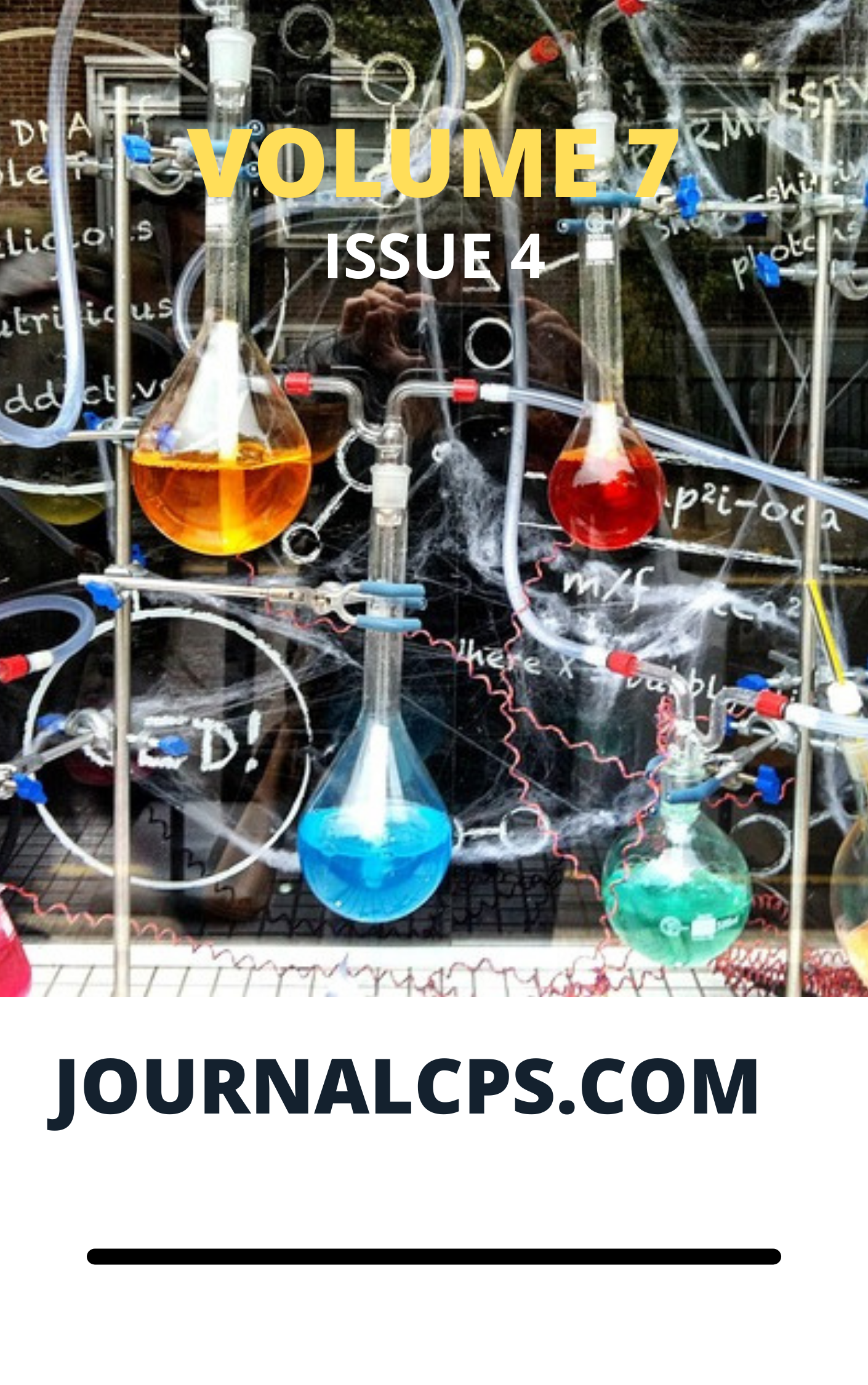Circular Supply Chains in the Al Era with Renewable Energy Integration and Smart Transport Networks
Keywords:
Artificial Intelligence, Circular Supply Chains, Renewable Energy, Reverse Logistics, Smart Transport Networks, SustainabilityAbstract
This paper explored the transformative potential of having integrated circular economy principles, artificial intelligence (AI), renewable energy, and smart transport networks to create sustainable, resilient supply chains in the AI era. By 2021, the convergence of these trends—having been driven by advancements in AI technologies, declining costs of renewables, and post-pandemic supply chain rethinking—presented a critical opportunity to address the inefficiencies, energy intensity, and wastefulness of linear supply chains. The proposed Circular Supply Chain 4.0 framework leveraged AI applications, such as predictive analytics, computer vision, digital twins, and blockchain, to optimize demand forecasting, material reuse, and reverse logistics. Renewable energy integration, through electrified fleets, solar-powered warehouses, and smart grids, reduced carbon emissions, while smart transport systems, including IoT-connected vehicles and Mobility-as-a-Service, enhanced logistics efficiency. The framework emphasized feedback loops, real-time data, and key performance indicators like circularity rate and emissions avoided to ensure continuous improvement. Case studies from 2021, such as UPS’s electric fleet trials and IKEA’s reverse logistics, illustrated practical applications. However, challenges like data infrastructure gaps, energy storage constraints, and regulatory inconsistencies pre-IRA/CHIPS Act highlighted barriers to adoption, particularly for SMEs. The paper identified policy levers, such as electrification subsidies and carbon border taxes, and future research areas, including AI modeling of reverse flows and behavioral factors in technology adoption, to advance circular supply chains. By having aligned digitalization with sustainability, this framework offered a scalable model for industries to achieve economic and environmental goals in a post-2021 global economy.
Downloads
Published
Issue
Section
Most read articles by the same author(s)
- Samuel Omefe, Simbiat Atinuke Lawal, Sakiru Folarin Bello, Adeseun Kafayat Balogun, Itunu Taiwo, Kevin Nnaemeka Ifiora, AI-Augmented Decision Support System for Sustainable Transportation and Supply Chain Management: A Review , Communication In Physical Sciences: Vol. 7 No. 4 (2021): VOLUME 7 ISSUE 4
Similar Articles
- P. O. Ameh, N. O. Eddy, Theoretical and Experimental Investigations of the Corrosion Inhibition Action of Piliostigma Thonningii Extract on Mild Steel in Acidic Medium , Communication In Physical Sciences: Vol. 3 No. 1 (2018): VOLUME 3 ISSUE 1
- Joseph Jacob, Shinggu D. Yamta, Influence of Moisture Absorption on some Mechanical Properties of Groundnut Shell Powder Reinforced Waste LDPE Composites , Communication In Physical Sciences: Vol. 7 No. 4 (2021): VOLUME 7 ISSUE 4
- Richard Alexis Ukpe, Joint Effect of Ethanol Extract of Orange Peel and halides on the Inhibition of the Corrosion of Aluminum in 0.1 M HCl: An approach to Resource Recovery , Communication In Physical Sciences: Vol. 4 No. 1 (2019): VOLUME 4 ISSUE 1
You may also start an advanced similarity search for this article.




